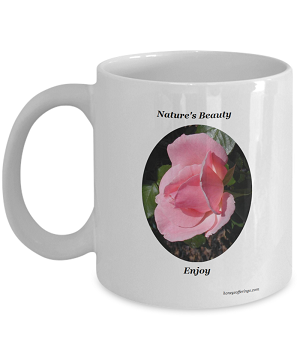Expressing It With Roses – The Beautiful Meanings of Different Colored Roses for Gifts
Roses are some of the most widely recognized and beloved flowers in the world, and it’s not hard to see why. Their beautiful blooms and sweet fragrance make them a popular choice for gifts and celebrations of all kinds. What many people may not realize, however, is that different colored roses hold different meanings and convey different emotions.
Here we are going to show you some rose colors and the meanings behind each hue alone with the best time to give each color rose.
1.) The Classic Red Rose – Red Roses have long been a symbol of love and passion. Their velvety petals and deep, rich hue convey intense emotions of love, desire and romance. From Valentine’s Day to anniversaries and even weddings, red roses are a classic choice to express deep romantic sentiments.
2.) Pink Roses – A Symbol of Gratitude and Admiration Pink roses represent admiration, grace, gratitude, and appreciation. They are often given as thank-you gifts or to express heartfelt appreciation. Light pink roses signify gentleness and innocence, while dark pink roses represent appreciation and gratitude.
3.) White Roses – White roses signify Innocence, Purity and New Beginnings. They often symbolize serenity and spirituality and are a popular choice for weddings or to honor the passing of a loved one. White roses are also used to convey deep respect and humility.
4.) Yellow Roses – Yellow roses are associated with joyous celebrations, friendship, and new beginnings. They’re the perfect gift to celebrate a new job, a graduation, or to say congratulations. Yellow roses express enthusiasm, friendship, and admiration.
5.) Orange Roses – Orange roses represent enthusiasm, fascination and energy. They are the wild child of the rose family. They are often given to convey a sense of fascination or to express excitement about something new. Dark orange roses signify deep friendship, while lighter hues represent excitement and enthusiasm.
6.) Purple Roses – Purple roses are associated with spirituality and enchantment. They are often given to express feelings of love at first sight, or as an expression of fascination with someone. Dark purple roses signify deep affection and appreciation, while lighter hues convey a sense of enchantment and wonder.
7.) Blue Roses – Blue roses are a unique and symbolic gift, as they are not found in nature. They represent mystery and the unattainable, and are sometimes given as a gift to express the emotion of longing. In some cultures, they are also associated with the idea of new opportunities and possibilities.
8.) Lavender Roses – Lavender roses are often associated with enchantment or love at first sight. Darker shades of lavender roses convey a sense of regal, majesty and splendor.
9.) Green Roses – Green roses represent opulence, harmony and fertility. As a gift, green roses symbolize best wishes for a prosperous new life or wishes for the recovery of good health.
10.) Multicolored Roses – Also known as “rainbow roses,” multicolored roses are unique gifts that represent happiness and joy. The brightness and range of colors in multicolored roses convey fun and make great gifts for anniversaries, birthdays or a new baby.
11.) Peach Roses – Peach roses are known for showing thanks and expressing gratitude. They are commonly given to celebrate a business arrangement or deal and can be a sign of loyalty.
12.) Black Roses – Black roses are a rare sight and are often associated with death, grief and farewell. They convey a sense of mourning and are not typically given as a gift for celebratory occasions. However, they are sometimes used in artistic expressions or Gothic-style creations.
The next time you’re thinking of giving roses or something like a mug with an image of a rose on it as a gift, consider the colors and meanings behind each hue. By choosing the right color, you can convey a much deeper message and truly touch someone’s heart. Whether it’s love, gratitude, friendship, or mourning, there’s a rose color for every occasion and sentiment.

